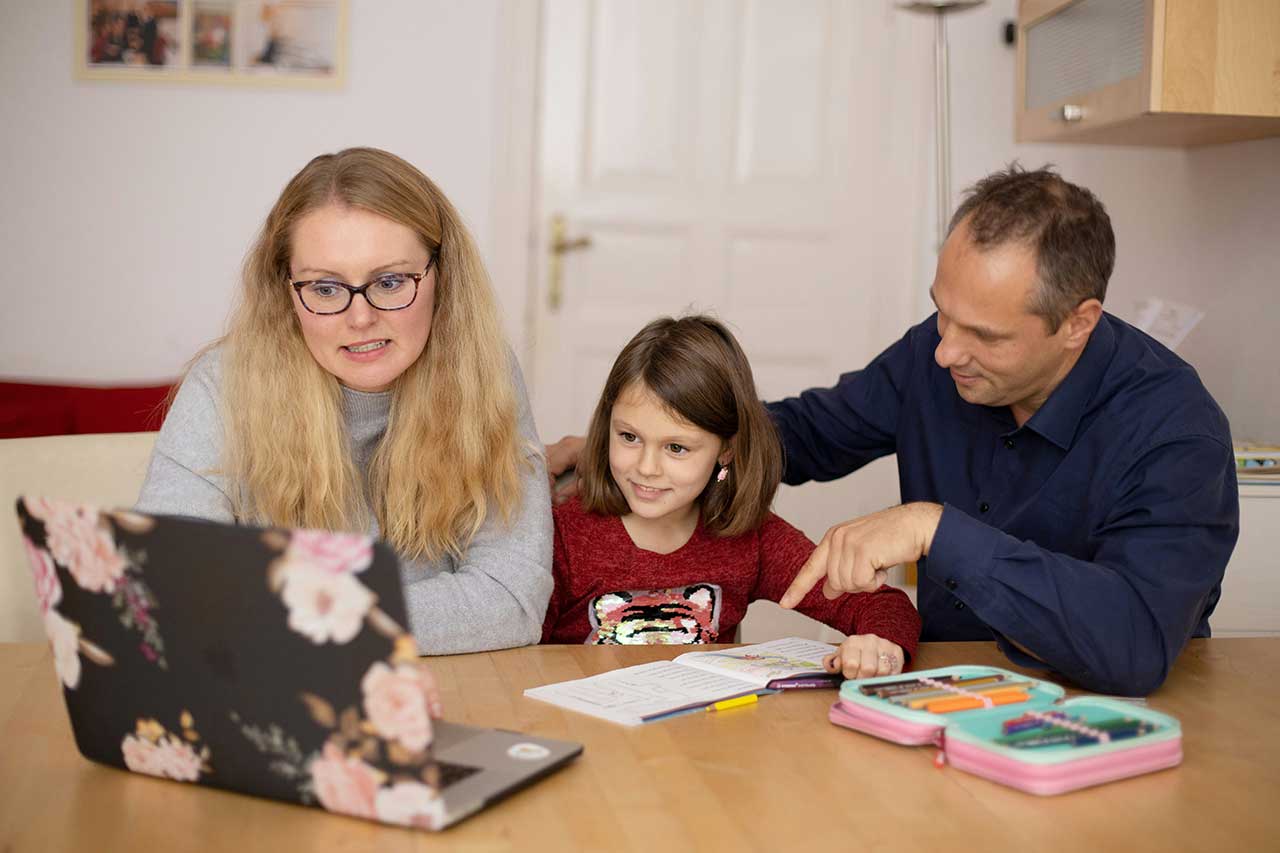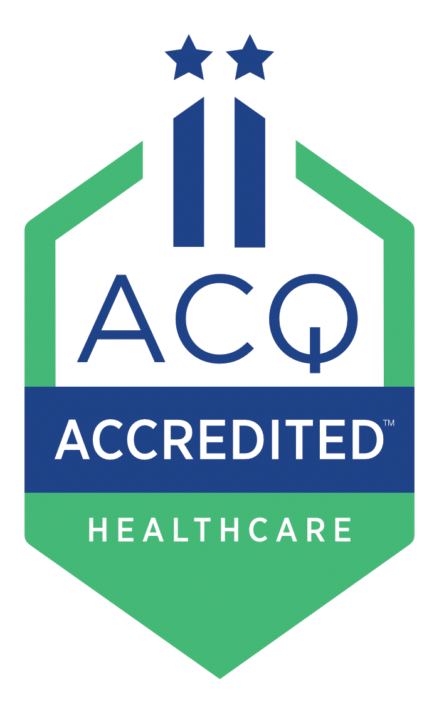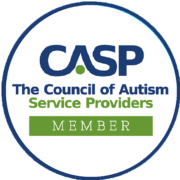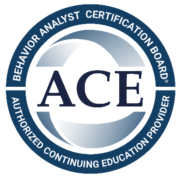How to Prepare for an Autism Assessment
Pursuing an autism assessment for an autism diagnosis is a significant decision that reflects a deep commitment to understanding and supporting an individual learner. For some families, it can be an emotional journey that comes with cultural, generational, and logistical hurdles. The process can also be time-intensive and, depending on insurance coverage, financially burdensome. But the clarity and therapeutic resources an autism assessment provides often far outweigh the challenges of completing one.
We’ve covered what happens during an autism diagnostic assessment and how many hours an autism assessment takes in a previous article, so here we’ll explore when to consider having a loved one assessed for autism and how to prepare for the appointment(s).
Remember, you are not alone in this process. The autism community represents a rich tapestry that stretches across the globe and encompasses all ages, genders, ethnicities, and socio-economic groups – and you have tremendous allies right in your backyard. A Bridge to Achievement (ABtA) has three learning centers in North Carolina, two in Charlotte and one in Winston-Salem.

When to Seek an Autism Assessment
Knowing when to seek an autism assessment varies based on the learner’s age because their developmental milestones, behaviors, and social expectations differ widely. It’s never too late to be assessed for autism, however – an autism diagnosis at any age can lead to better understanding and support, empowering individuals and their families to navigate life with confidence.
Here’s a guide on what to look for in preschool-aged children, older kids, and teens/young adults:
Preschool-Aged Children (0-5 years)
Seeking a diagnosis when a learner is very young is critical for accessing early intervention services, which can significantly improve developmental outcomes.
- Developmental Delays: Lack of babbling by 12 months, no single words by 16 months, or no two-word phrases by 24 months, or a regression in language; delays in nonverbal communication, such as inability to point or follow a point.
- Social Interaction Challenges: Limited eye contact, lack of interest in interactive play, or failure to respond to their name.
- Repetitive Behaviors: Repeated motions like hand-flapping, rocking; vocal stimming, like repeating words, phrases, or sounds; and hyperfocus on topics or activities.
- Rigidity: Attachment to routines, difficulty adjusting to new people and new environments.
- Sensory Sensitivities: Strong reactions to light, sound, or textures.
Older Kids (6-12 years)
Diagnosing autism at this stage can provide clarity and access to support systems, including individualized education plans (IEPs) and therapies.
- Struggles in Social Settings: Difficulty making or maintaining friendships, understanding social cues, or navigating group dynamics.
- Academic Challenges: Trouble with organization, following instructions, or coping with sensory sensitivities in a classroom environment.
- Behavioral Signs: Meltdowns in response to changes, rigid thinking, or strong focus on specific interests.
- Delayed Recognition: Sometimes signs of autism become clearer when social and academic demands increase.
Teens and Young Adults (13-21 years)
A diagnosis can help teens and young adults better understand themselves, access accommodations, and find targeted support to thrive. Tweens and children tend to have an easier time masking challenges typically seen at this developmental stage because their lives are so structured. Young teens are more susceptible to these challenges due to puberty, classes and teachers changing, and friendship dynamics becoming more nuanced. Getting a diagnosis for older teens and young adults is important as they prepare for adulthood – for college, employment, or independent living, as examples.
- Social Isolation: Difficulty forming close relationships, understanding nuanced communication, or navigating romantic interactions.
- Mental Health Concerns: Anxiety, depression, or frustration stemming from undiagnosed struggles with social and sensory processing.
- Executive Functioning Issues: Trouble managing time, organizing tasks, or adapting to increased independence.
- Late-Identified Traits: Some individuals mask their autism traits until adolescence or adulthood, making diagnosis later in life essential.

How to Prepare for Autism Assessment
Preparing for an autism assessment involves gathering information, organizing documentation, and managing expectations. What you provide, in concert with the evaluation results, helps to paint a complete picture of your learner’s strengths, challenges, and the therapeutic support that will be most beneficial. The assessments for autism your learner will complete include either all or a combination of:
- Autism Diagnostic Observation Schedule – Second Edition (ADOS-2)
- Autism Diagnosis Interview – Revised (ADI-R)
- Childhood Autism Rating Scale (CARS)
- Gilliam Autism Rating Scale – Second Edition (GARS-2)
- Adaptive Behavior Assessment System (ABAS) or Vineland Adaptive Behavior Scales
Being prepared ahead of the evaluation appointment(s) ensures the experience is as positive and productive as possible and helps reduce caregiver and learner stress. Let’s take a look at what you’ll need ahead of time and consider how you can prepare your learner and yourself for success.
Gather Information & Documentation
- Medical Records: Bring copies of any relevant medical records, including prenatal and birth history, as well as vaccination history and any existing therapy notes.
- Developmental History:
-
- Ages 0-5: Notes about developmental milestones and delays (e.g., first words, walking).
- Ages 6-12: Teacher observations, Individualized Education Plans (IEPs), if applicable, examples of classroom struggles, such as difficulty following instructions or socializing.
- Ages 13-21: High school transcripts, mental health evaluations, reports from employers; review any earlier assessments or interventions for context.
- Behavioral Observations: Journal of behaviors at home and at school/work, including triggers, responses, and coping strategies. Note any repetitive behaviors, emotional outbursts, communication challenges, unusual behaviors, or sensory sensitivities.
Prepare Your Learner
- Prioritize Comfort: Schedule assessments at a time when your learner is usually alert and calm. Bring familiar items or sensory tools to the session. If they’re nervous, offer practical steps like visiting the assessment site beforehand or role-playing the process. Learners who are medicated for anxiety or ADHD should take their medication as normal – it will not interfere with the assessment.
- Foster Empowerment: Involve your learner in identifying what they hope to gain from the process, such as accommodations for school or workplace support. Be transparent about what to expect during the sessions. Answer questions honestly and reassure them there’s no “wrong” way to be themselves.
- Promote Understanding: Use simple, reassuring language to prepare your learner for the appointment, such as:
- Ages 0-5: “We’re going to meet someone who can teach us how to help you do the things you love.”
- Ages 6-12: “We’re meeting someone who can help us understand why some things feel harder for you and make them easier.”
- Ages 13-21: Frame the assessment as a tool for self-awareness: “This will help us understand how your brain works so we can better support you.”
Prepare Yourself
- Write Down Questions and Concerns: Prepare a list of questions about the focus area of the different assessments for autism that may be administered, how your learner’s results will be shared, and the type of support available afterward. Some people worry about the stigma of a diagnosis or fear the unknown – write these down, too. The professional your learner works with, i.e. the psychologist, psychiatrist, developmental pediatrician, neurologist, or other clinician, will make time for discussion. You can also start a running list of questions in anticipation of an autism diagnosis.
- Bring Essentials
Pack a bag with snacks and drinks for you and your learner, especially if you’re traveling to ABtA from a distance. Bring your notebook – or start one with the commencement of this diagnostic journey – to take notes on feedback, observations, and any post-assessment recommendations. - Consider Bringing a Supportive Person
You’ll share a lot with the clinician and receive a lot of new information during appointment(s). A support person can help to provide insights on observed behaviors, remember details, ask pertinent questions, and offer emotional support.
Scheduling an autism assessment is a big step in advocating for a neurodivergent learner of any age. If you have any questions about the autism assessment process or how to get prepped for it that we haven’t covered, please reach out to our team. And, if you feel ready for next steps, go ahead and request services! Support starts here.





